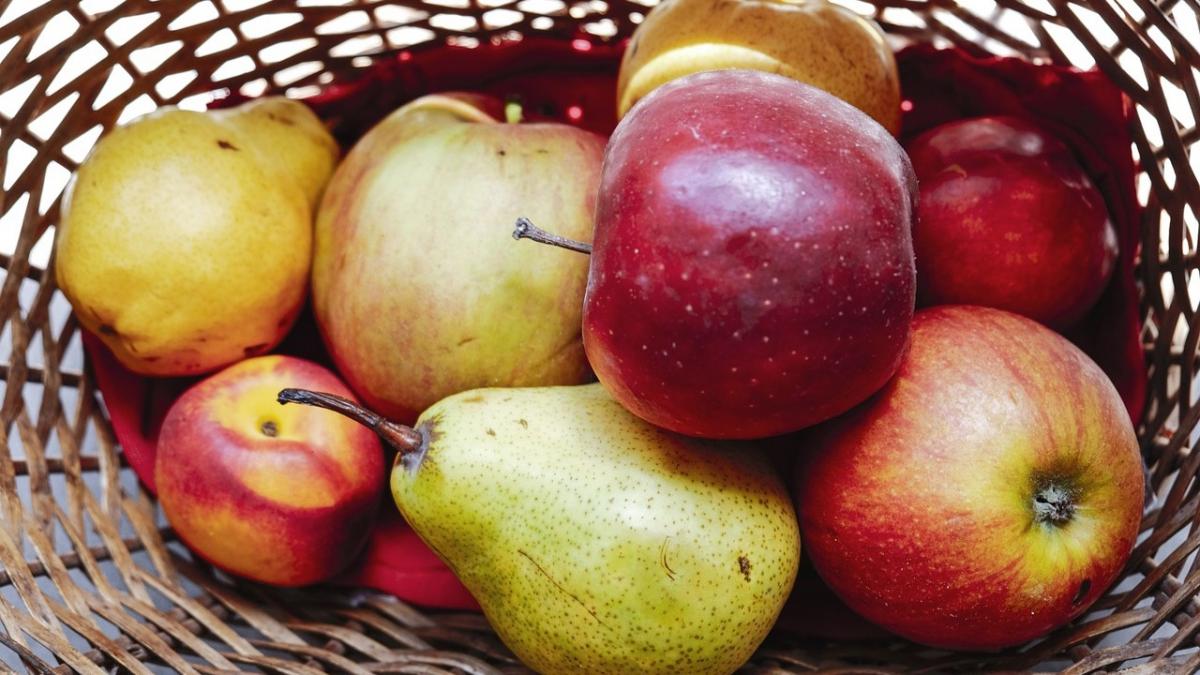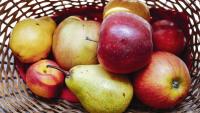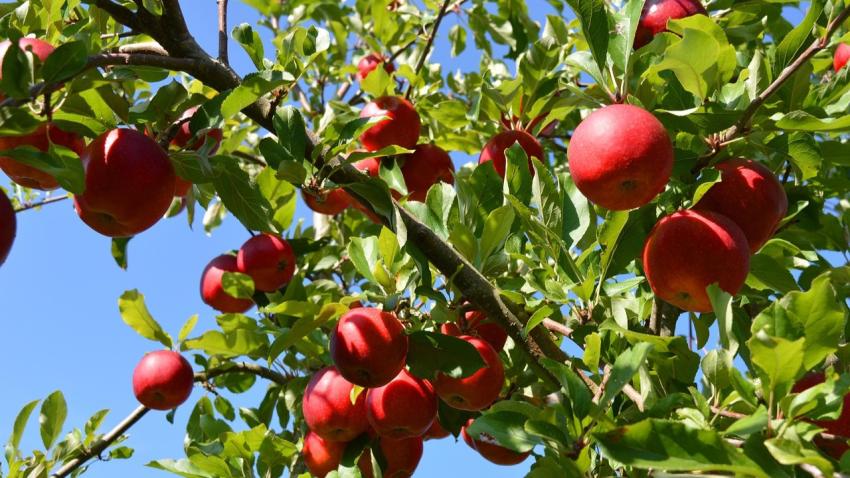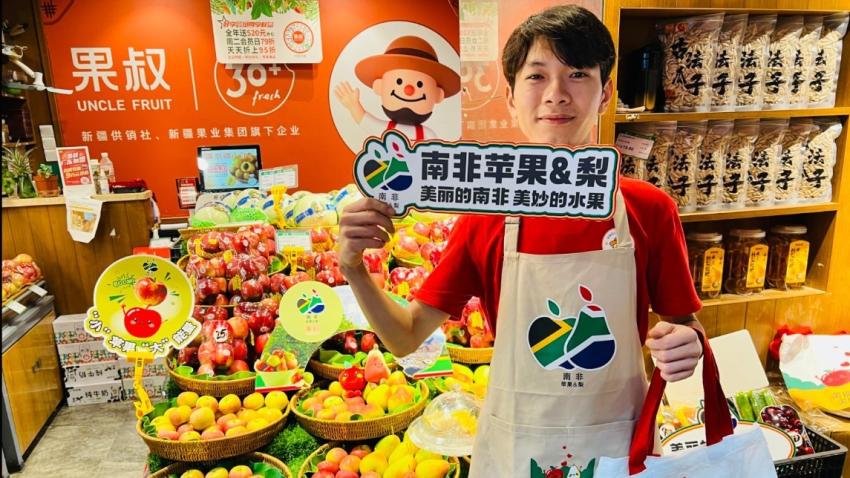You are here
Back to topSouth African Apple and Pear Growers Targeting Top Spot as China’s Main Supplier

As a major Southern Hemisphere exporter of apples and pears, South Africa has emerged as China’s second-largest supplier of imported apples and also saw a surge in pear exports to China in 2023. Recently, Jacques du Preez, general manager for trade and markets at Hortgro Pome, delivered a WeChat lecture to over 1,000 listeners of Produce Report. During the lecture, du Preez provided insights into the latest production and export status of South African apples and pears, along with predictions for what lies ahead in 2024.
Production and Exports
According to du Preez, South Africa’s apple and pear industry has been able to maintain continuous growth through a combination of plantation expansion and varietal innovation. Over the past five years, the cultivation areas for apples and pears have each increased by 5% to a total of approximately 34,400 hectares. Analysis of the tree age distribution reveals that 7–9% of trees have yet to bear fruit, indicating a healthy stage of development for the industry.
South Africa produces about 2.2 million metric tons of apples, pears and various stone fruits annually, with apples and pears accounting for over 1.3 million and 575,000 metric tons, respectively. Between 45% and 50% of South African apples and pears are exported, reaching over 100 countries around the world. Projections indicate a 7% increase in apple exports for 2024, while pear exports are expected to remain stable. Over the next five years, apple and pear exports are forecast to grow by 9% and 22%, respectively.
According to du Preez, South Africa’s apple and pear sector is an export-oriented industry that always prioritizes consumer demand. This is reflected in the turnover of apple and pear varieties. While South Africa produces apples of various skin colors, the cultivation areas for green apples, notably Granny Smith, have experienced a significant decline over the past decade. Meanwhile, varieties currently preferred by consumers, such as Fuji, Royal Gala and Pink Lady, have witnessed substantial growth in their cultivation areas.
Similar changes have been observed for South African pears, with the planting areas for all brown-skinned varieties experiencing a downward trend. Apart from the Packham’s Triumph variety, the planting areas for green-skinned pears have also decreased, while most blush pears are seeing a period of growth. Forelle pears, which are popular on the Chinese market, are also expected to see continued growth over the next five years.
Since 2016, there have been significant shifts in the export market landscape for South African pears. The United Kingdom, European Union and Russia previously accounted for 70% of pear exports but saw their combined share decline to just 32% in 2023, while the share of Far East and Asian markets surged from 26% to 64%. According to du Preez, these markets are still growing, with China playing a crucial role as a driving force. In fact, South Africa’s exports to the Chinese market are expected to soon rival those of New Zealand.
Chinese Market
In the past two years, South Africa’s apple and pear exports to China have shown rapid growth. Data indicate that apple exports to China increased by 36% and 25% in 2022 and 2023, respectively. In 2023, South Africa exported 1.38 million cartons of apples to China, corresponding to approximately 17,000 metric tons, with Fuji, Royal Gala and Big Bucks being the primary export varieties. According to data from China Customs, South Africa supplied 20.8% of China’s total apple imports in 2023.
September 2022 saw the arrival in Guangzhou of the first ever shipment of South African pears to China, and total exports to China that year reached approximately 38,000 cartons. In 2023, however, South Africa shipped an impressive 274,000 cartons of pears to China, corresponding to a staggering 625% year-on-year increase. The majority of these were Forelle pears, which accounted for 75% of shipments, followed by the Cheeky and Packham’s Triumph varieties.
With respect to logistics, which is always a significant concern for traders, South African apples and pears are primarily shipped from the Port of Cape Town. Although problems at the port have impacted the efficiency of exports in recent years, du Preez explained that concerted efforts to address these issues are currently being taken by the new port management, local and national authorities, and industry associations. In addition, there are plans to divert some shipments to other ports to ease pressure on the Port of Cape Town. Overall, du Preez said that he anticipates a more stable pear supply in 2024.
In terms of South African stone fruits, du Preez disclosed that China’s General Administration of Customs has now initiated the process of granting market access to these items and is currently working on agreement protocols. If all progresses smoothly, South Africa is expected to commence exports of stone fruits to China starting from the 2025/26 season, a prospect eagerly anticipated by stakeholders.
Finally, du Preez emphasized that over the past few years, Hortgro Pome has cultivated stable and positive commercial relationships with its partners and associates in China. The association is keen on further expanding its trade relations with China and remains committed to investing in the Chinese market by initiating various promotional activities aimed at fostering sustained growth in exports to China.
Image: Pixabay
This article was translated from Chinese. Read the original article.
















Add new comment